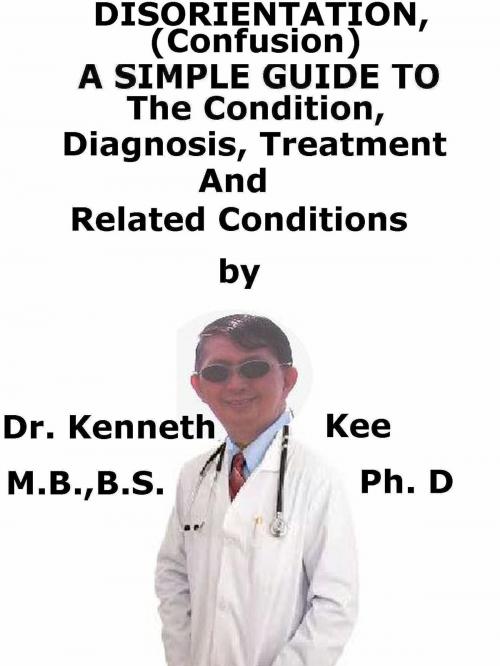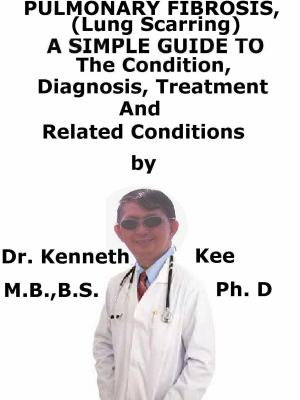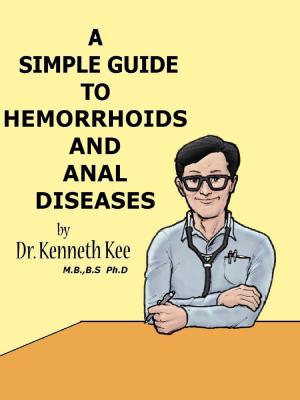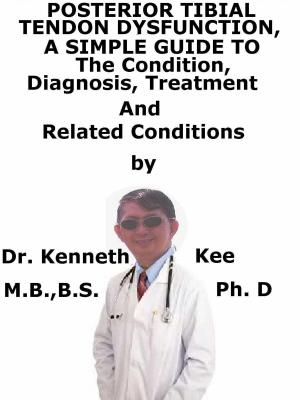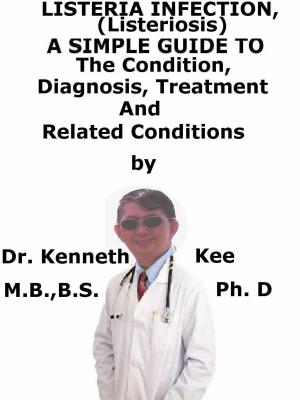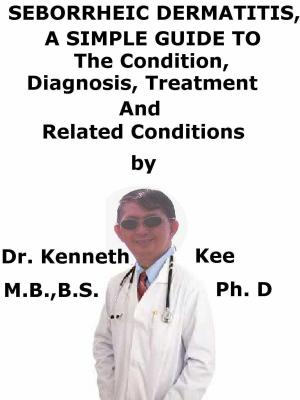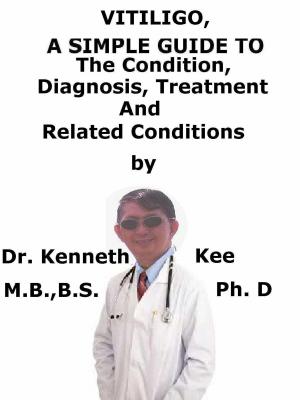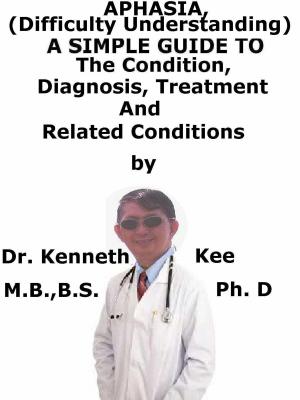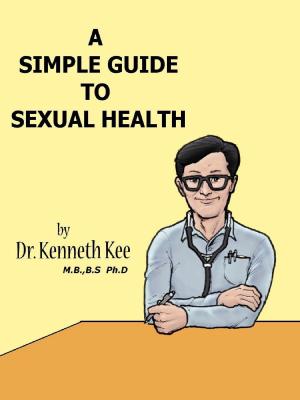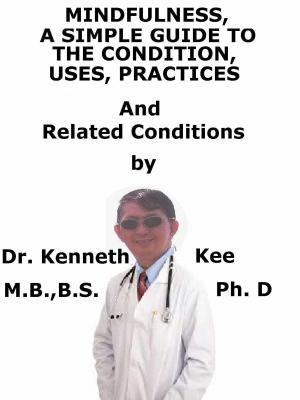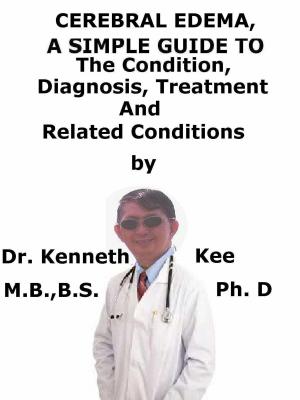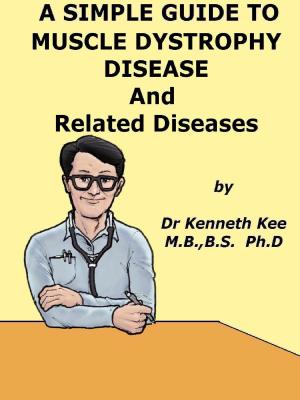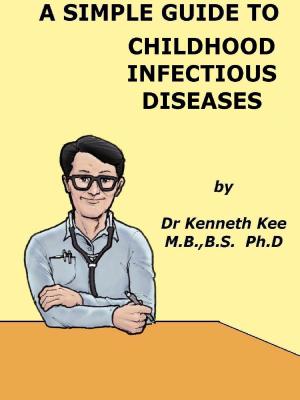Disorientation, (Confusion) A Simple Guide To The Condition, Diagnosis, Treatment And Related Conditions
Nonfiction, Health & Well Being, Medical, Specialties, Psychiatry| Author: | Kenneth Kee | ISBN: | 9781370655236 |
| Publisher: | Kenneth Kee | Publication: | July 9, 2018 |
| Imprint: | Smashwords Edition | Language: | English |
| Author: | Kenneth Kee |
| ISBN: | 9781370655236 |
| Publisher: | Kenneth Kee |
| Publication: | July 9, 2018 |
| Imprint: | Smashwords Edition |
| Language: | English |
This book describes Disorientation, Diagnosis and Treatment and Related Diseases
Disorientation is the incapacity to think, perceive and being aware as clearly or quickly as the normal person does.
The person may feel disoriented and have difficulty paying attention, remembering, and making decisions.
Disorientation may appear quickly or slowly over time, dependent on the cause.
Often disorientation lasts for a short time and goes away.
Other times, it is permanent and not curable.
Disorientation involves abnormalities of thought, perception and levels of awareness.
Both hypoactive and hyperactive disorientation states are recognized and often patients show features of both
Patients may appear confused or 'not with it' when talking to them.
Alternatively, it may be their family or caregiver noticing the confusion.
It can happen very acutely or sub-acutely with fluctuating symptoms.
More disappointing is the realization that disorientation can be avoided in many cases (up to one third) and the lack of awareness is leading to a large amount of morbidity and mortality
The terms 'prevalent disorientation' and 'incident disorientation' are sometimes mentioned.
Prevalent disorientation means that the condition is present on admission while incident disorientation occurs during admission.
It may be linked with dementia.
Disorientation is more frequent in the older people and often occurs during a hospital stay.
Some confused people may have strange or unusual behavior or may act aggressively.
Subtypes of disorientation
- Hypoactive subtype - apathy and quiet confusion are evident and easily missed.
This form can be confused with depression. - Hyperactive subtype - agitation, delusions and disorientation are prominent
It can be confused with schizophrenia. - Mixed subtype - patients vary from hypoactive to hyperactive.
Causes
Acute infections:
Prescribed drugs:
Surgical:
Toxic substances:
Vascular disorders:
The diagnosis of disorientation is medical.
The diagnosis is still medical and criteria are guided by the International Statistical Classification of Diseases and Related Health Problems 10th Revision (ICD-10). - ICD-10 definition of disorientation not induced by alcohol and other psychoactive substances:
- An causative nonspecific organic cerebral syndrome featured by coexisting disturbances of consciousness and attention, perception, thinking, memory, psychomotor behavior, emotion, and the sleep-wake schedule.
The duration is inconsistent and the degree of severity varies from mild to very severe.
Making an accurate assessment depends on a collateral history to find out the patient's pre-morbid level of function.
The mental tests should be done regularly and on all high-risk patients.
Treatment
This begins with increased awareness of disorientation and regular measures of cognitive function.
The underlying cause needs to be treated.
It is frequent for patients with disorientation to be admitted to hospital to help investigate the patient and for supportive management.
In disorientation, the signs are fluctuating and some patients are clear between episodes and can thus give informed consent during these periods.
The treatment should be directed to keep the patient safe using the least restrictive treatment - e.g., think of causes of agitation or wandering (e.g., need for the toilet).
Medical treatment
Anti-psychotics have the advantageous effects in chosen patients, mostly those who are hostile and do not react to verbal and non-verbal de-escalation techniques.
Haloperidol or olanzapine are advised, using the least possible dose for the shortest possible time (normally a week or less).
A benzodiazepine such as diazepam or chlordiazepoxide is favored.
TABLE OF CONTENT
Introduction
Chapter 1 Disorientation
Chapter 2 Causes
Chapter 3 Symptoms
Chapter 4 Diagnosis
Chapter 5 Treatment
Chapter 6 Prognosis
Chapter 7 Depression
Chapter 8 Dementia
Epilogue
This book describes Disorientation, Diagnosis and Treatment and Related Diseases
Disorientation is the incapacity to think, perceive and being aware as clearly or quickly as the normal person does.
The person may feel disoriented and have difficulty paying attention, remembering, and making decisions.
Disorientation may appear quickly or slowly over time, dependent on the cause.
Often disorientation lasts for a short time and goes away.
Other times, it is permanent and not curable.
Disorientation involves abnormalities of thought, perception and levels of awareness.
Both hypoactive and hyperactive disorientation states are recognized and often patients show features of both
Patients may appear confused or 'not with it' when talking to them.
Alternatively, it may be their family or caregiver noticing the confusion.
It can happen very acutely or sub-acutely with fluctuating symptoms.
More disappointing is the realization that disorientation can be avoided in many cases (up to one third) and the lack of awareness is leading to a large amount of morbidity and mortality
The terms 'prevalent disorientation' and 'incident disorientation' are sometimes mentioned.
Prevalent disorientation means that the condition is present on admission while incident disorientation occurs during admission.
It may be linked with dementia.
Disorientation is more frequent in the older people and often occurs during a hospital stay.
Some confused people may have strange or unusual behavior or may act aggressively.
Subtypes of disorientation
- Hypoactive subtype - apathy and quiet confusion are evident and easily missed.
This form can be confused with depression. - Hyperactive subtype - agitation, delusions and disorientation are prominent
It can be confused with schizophrenia. - Mixed subtype - patients vary from hypoactive to hyperactive.
Causes
Acute infections:
Prescribed drugs:
Surgical:
Toxic substances:
Vascular disorders:
The diagnosis of disorientation is medical.
The diagnosis is still medical and criteria are guided by the International Statistical Classification of Diseases and Related Health Problems 10th Revision (ICD-10). - ICD-10 definition of disorientation not induced by alcohol and other psychoactive substances:
- An causative nonspecific organic cerebral syndrome featured by coexisting disturbances of consciousness and attention, perception, thinking, memory, psychomotor behavior, emotion, and the sleep-wake schedule.
The duration is inconsistent and the degree of severity varies from mild to very severe.
Making an accurate assessment depends on a collateral history to find out the patient's pre-morbid level of function.
The mental tests should be done regularly and on all high-risk patients.
Treatment
This begins with increased awareness of disorientation and regular measures of cognitive function.
The underlying cause needs to be treated.
It is frequent for patients with disorientation to be admitted to hospital to help investigate the patient and for supportive management.
In disorientation, the signs are fluctuating and some patients are clear between episodes and can thus give informed consent during these periods.
The treatment should be directed to keep the patient safe using the least restrictive treatment - e.g., think of causes of agitation or wandering (e.g., need for the toilet).
Medical treatment
Anti-psychotics have the advantageous effects in chosen patients, mostly those who are hostile and do not react to verbal and non-verbal de-escalation techniques.
Haloperidol or olanzapine are advised, using the least possible dose for the shortest possible time (normally a week or less).
A benzodiazepine such as diazepam or chlordiazepoxide is favored.
TABLE OF CONTENT
Introduction
Chapter 1 Disorientation
Chapter 2 Causes
Chapter 3 Symptoms
Chapter 4 Diagnosis
Chapter 5 Treatment
Chapter 6 Prognosis
Chapter 7 Depression
Chapter 8 Dementia
Epilogue
